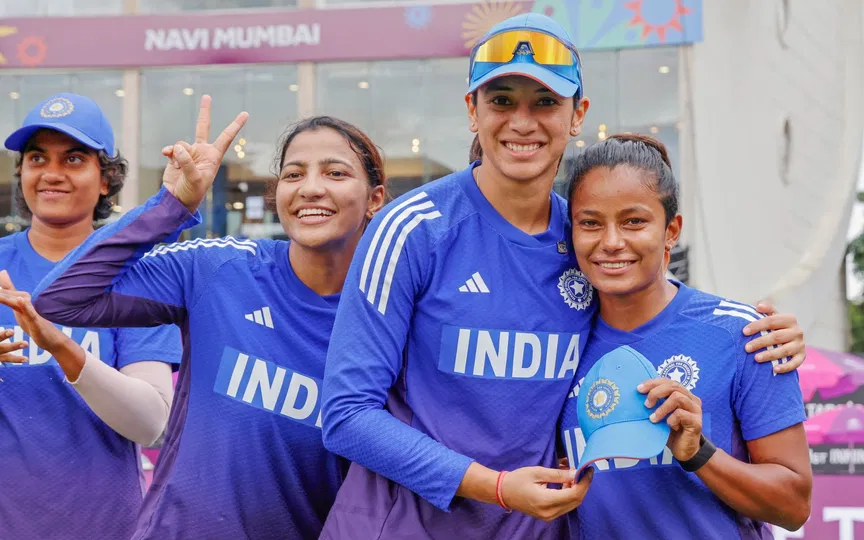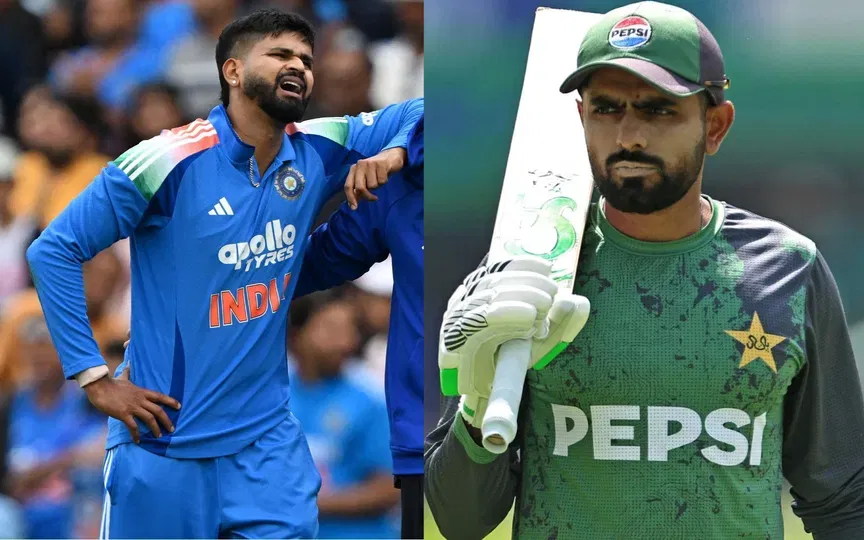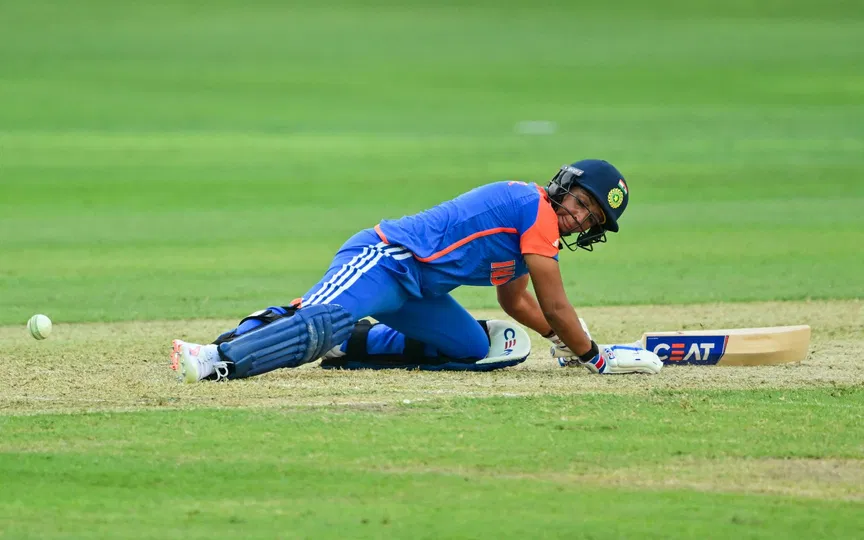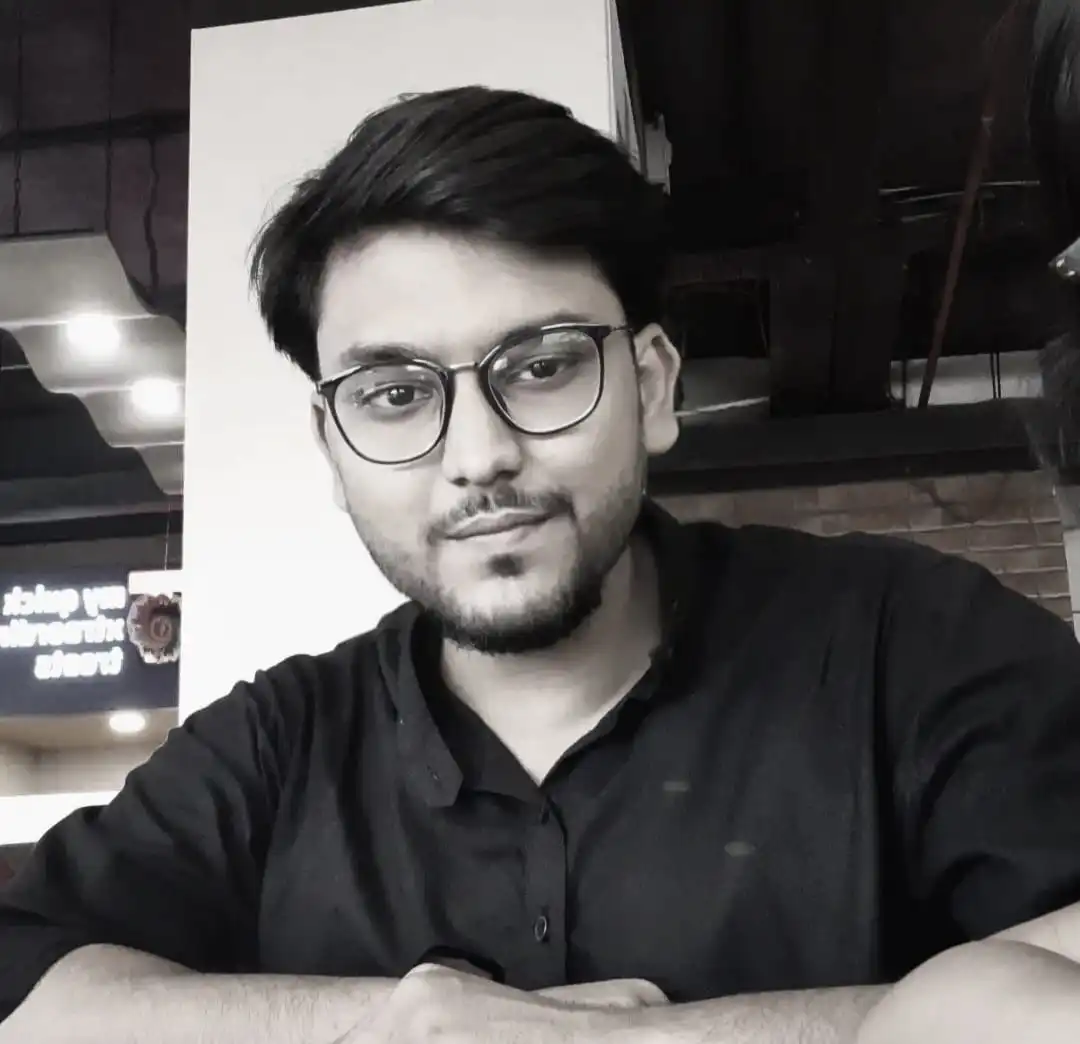![Harmanpreet Kaur and Alyssa Healy [Source: @ICC/X.com]](https://onecricketnews.akamaized.net/parth-editor/oc-dashboard/news-images-prod/1761503725824_IND_AUS_What.jpg?type=hq) Harmanpreet Kaur and Alyssa Healy [Source: @ICC/X.com]
Harmanpreet Kaur and Alyssa Healy [Source: @ICC/X.com]
The inevitable is here. India Women is set to face Australia Women for the 2nd semi-final in the ICC Women's World Cup 2025 on October 30. The stage is set for the battle of the bests, and the hot favourites are certainly the Women in Yellow. However, given the fact that Harmanpreet Kaur & Co. get the home advantage, the possibility of ruling out their winning chance is not totally out of the window.
However, there are several factors that lead to the game and which can be major turning points for the match. Let's take a look at each of them and see what to expect from the highly anticipated semi-final clash.
Head-to-Head overview for AUS-W vs IND-W
Australia hold a dominant record over India in ODIs. Out of the 60 matches these two teams have played, Australia holds the edge with 49 wins, while India has managed to score only 11 wins from these contests. There have been no tied or abandoned games between these two yet.
Phase-Wise scenario analysis
1. Powerplay
What to expect:
- India will look to establish a solid start with the openers to set a foundation for the game. Losing early wickets won't be ideal at this stage.
- Australia’s new-ball attack with red-hot form bearer Alana King and Megan Schutt could disrupt India's plans.
Key concerns:
- India’s top order: If Smriti Mandhana or the other opener fails, India may be on the back foot early. Pratika Rawal was taken out of the BAN-W clash after getting a nasty ankle sprain while fielding; hence, her form and touch with the bat will definitely call for a crisis in the opening slot.
- Australia, too, is struggling at the top after Alyssa Healy was ruled out of the last two group stage fixtures.
2. Middle Overs
What to expect:
- India will rely on their all-rounders like Harmanpreet Kaur, Jemimah Rodrigues and Deepti Sharma to build an innings while spinners will come in handy to defend the total.
- Australia will look to accelerate and use their depth with the bat and the ball. All-rounders like Ashleigh Gardner, Tahlia McGrath and Annabel Sutherland will be key to make and break partnerships.
- India’s strength: Spin dominance in home conditions can tilt this phase in India's favour.
- Australia’s vulnerability: If Australia lose wickets quickly, the quality Indian spin attack can expose the batting lineup early.
- Collapse point to watch: India’s middle to lower middle order has occasionally crumbled against high-quality bowling in this tournament.
3. Death Overs
What to expect:
- Whichever team bats first will aim to finish strongly or defend well. Hence, for both teams, power hitters and strike bowlers who execute yorkers and fast pace deliveries will be crucial in the power play.
- India’s concern: Death-overs finishing of the team has often been weak. If India bats first, setting an unassailable target will be harder.
- Australia’s strength: Australia have a long and deep batting lineup to support and anchor any top order collapses.
- Australia’s concern: If their top-order fails, Australia Women might be chasing hard in the final overs and thus exposed to pressure.
Strengths of the teams
India’s strengths
- Spin bowling options and familiarity with conditions give an edge to the Women in Blue.
- Smriti Mandhana looks in great touch this tournament. From her last 10 outings, she averages an astonishing 73.89.
- Deepti Sharma can also be the devil for Australia since she has managed to take 19 wickets from her last 10 ODI outings.
Australia’s strengths
- All-round balance: Australia have a solid all-rounder core that clouds any vulnerability that they might have with the bat. Australia carries 8 all-rounders in the squad, which speaks of their batting depth already.
- Knock-out experience: AUS-W have been the hot favourites to win the title since the beginning because of their earlier experience with big ICC titles and knockout composure.
- Versatility in their bowling attack: Australia Women also boasts a wide range of bowling attack, both in the form of all-rounders and specialist bowlers.
Areas of concern
For India:
- India Women also have a poor habit of over-reliance on the top-order to deliver. If they fail, the middle order may not always step up to anchor the collapse.
- Fielding lapses are a big concern for the Women in Blue, which they need to adapt to and work on to not let go of any opportunity on the field.
For Australia:
- There is a possible instability in the top order if Healy is absent or not fully fit ahead of the match. In the two matches Healy was absent, the top order collapsed within just 3 overs.
- If India corners Australia with quality spin, Australia's batters might struggle, especially after losing early wickets.
Collapse Points
- India: Between overs 15–25 or when the top-3 fail. These are historically vulnerable windows for Harmanpreet Kaur & Co. Death overs are also an area of collapse for India Women, where they often choke with the ball. IND-W has a poorer W/L ratio of 1.079 batting first than while fielding first.
- Australia: Australia can also face a middle-order collapse with the bat. With India, their most recent lowest total was 190 in a 50-over game back in September, where the top order and the lower middle order failed to fire.
What to Expect from the game?
- If India bat first: India Women will be needing at least a total of ~290+ (depending on pitch) to put scoreboard pressure on Australia.
- If Australia bat first: They will aim to bat deep and set a target which forces India to chase under pressure. (Ideally 270+)
Spinners will play a big role on the DY Patil pitch. Whichever side controls spin effectively in overs 20-40 might dominate.
Conclusion
The battle between Australia Women and India Women is going to be massive. India has weapons to upset the favourites if they execute them correctly at the correct time. A strong middle order batting, a quality spin attack would be key for India to strangle the Women in yellow.
Meanwhile, Australian women are already a dominant force against India's setup and have exposed the bowling attack earlier in this tournament with their record-breaking chase of 331 runs. Hence, a quality attack at the top and middle with the bat and a pace and spin mix can handicap India early in the game.
.jpg)





